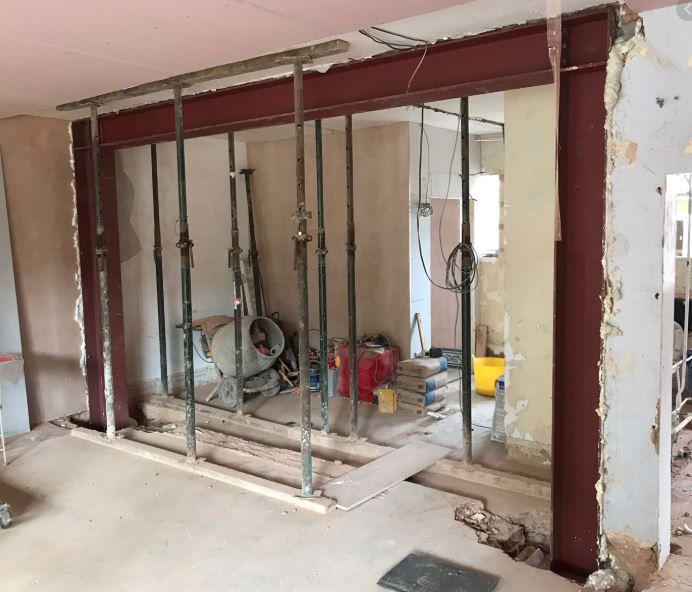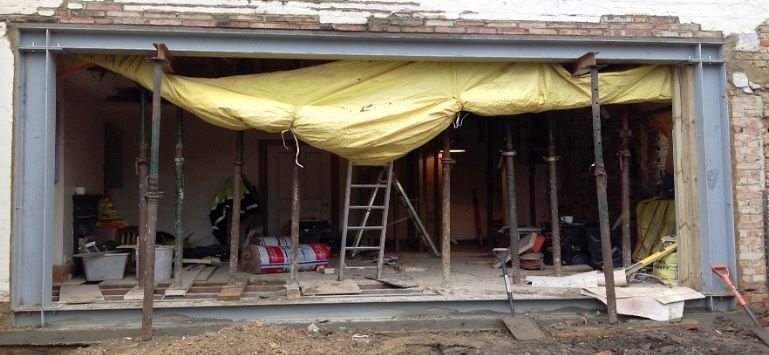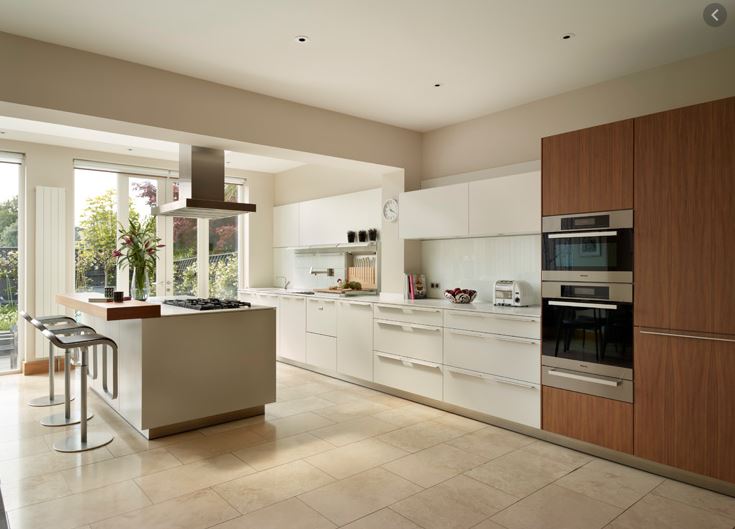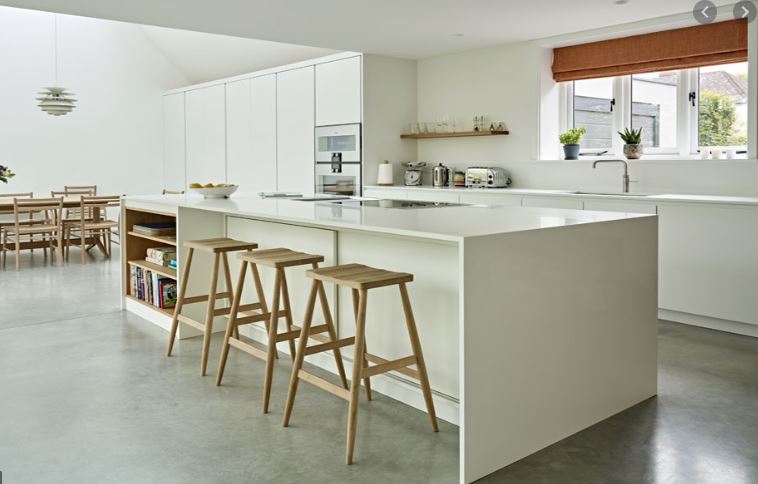
Supported Self-Survey
Ideal for someone who has the time and is confident to carry out the survey with guidance from us.

Ideal for someone who has the time and is confident to carry out the survey with guidance from us.

Register your project details, providing details of what wall (s) you want to remove in your home and we’ll get back to you with a quotation
Once you have paid your deposit we’ll be in touch with details of the information we need you to collect.
Our discussion will contain simple, detailed instructions about what measurements and photographs to take.
Send your information to us and we will make a Structural Assessment of the wall(s) that you want to remove. If it’s (they) are not loadbearing, you will receive a letter from us confirming this
If your wall is loadbearing we will prepare plans and structural calculations and submit to Building Control on your behalf (if you require)
We would recommend that you wait for Building Control to approve the calculations before you start any building work That way your builder knows exactly what to build and the sizes of the steelwork required.
Now you are ready to obtain quotations from your builder. If you live within 10 miles of RG40 we can give you a price for removing the wall, relocating your services and making good.
You probably won’t require planning permission. If the wall is found to be load bearing, it is classed as a “Structural alteration” and you will require Building Regulations approval.
If your building is Listed, Listed Building Consent is almost certainly going to be needed for this work – this is not the same as planning permission and operates independently. We can help you with this if it’s requried.
Once your application is registered with the council, it can take anything from one week to eight weeks, depending on which council you are submitting to and how busy they are at the time of submission.
If you need to ask any questions, or would just like to check that you are collecting the right information, you can call us, or we can arrange an online meeting via zoom or equivalent.
If you are still unsure about what information to collect, you can upgrade to our “Survey” package, where one of our qualified engineers will visit your home and carry out the survey. Click here to find out more.
If your wall is found to be non loadbearing we will issue you with a letter confirming this (you may need this when you come to sell your house in the future) and there is nothing further to pay.
The initial fee that you pay covers your training and the support we provide you during your survey and the liability we take making the assessment.
Yes you can, but our fees include for us submitting the application on your behalf and being available to answer any technical queries that they have.
A Building Notice Application doesn’t require detailed plans to be submitted. All charges (plan and inspection) are paid at the time of deposit.
Although you only have to wait 48 hours before starting the work, you do not have an approved plan to work to. If the work does not meet regulations, there may be a delay while the work is corrected and you may not know that the work is incorrect until it is inspected.
We would not recommend this route and if you start building work before you have approval, it’s at your own risk.
Full Plans Application
Depending on workload, normally with 2- 3 weeks.
A party wall is the dividing wall between you and your neighbour, ideally it is best to avoid working on or near a party wall, however, if there is no alternative you may need to comply with Party Wall Act, we can help you with this.
To avoid this, we’d look at designing either a “goal post” or a “picture frame”.

Imagine a goal post made of steel – two sides and a top.
The load is transferred down both side columns and onto point loads in the ground.
If, however the load is too much, we would recommend a picture frame / box frame.

Simply a four-sided frame made of steel.
Used mainly where the loads are too much for a goal post or greater lateral stability is required.
“Picture Frames” are often used in situations where you are removing virtually all of the back wall of the house and extending into your garden.

As the beam is not hidden within the depth of the ceiling joists it is cheaper than a “flush ceiling”
A steel below the ceiling reduces the sightline and gives a less impressive feel.

Is where the beam is hidden within the depth of the joists so you are left with a “flat” ceiling.
This is a more expensive build option but it gives you a nice, clean line without any downstand.
Particularly if your extension is double height, you want to feel that extra height as soon as you walk into the room.
We would advise that you wait for Building Regulations approval. That way your builder knows exactly what to build and the sizes of the steelwork required and you don’t risk abortive work
You will need to make contact with your house insurance provider, they normally require you to cofirm how long the works will take and evidence that the works are being undertaken by a competent person/company.
You will have our fees (please click here for a quotation), plus building control fees – typically £200 – £250